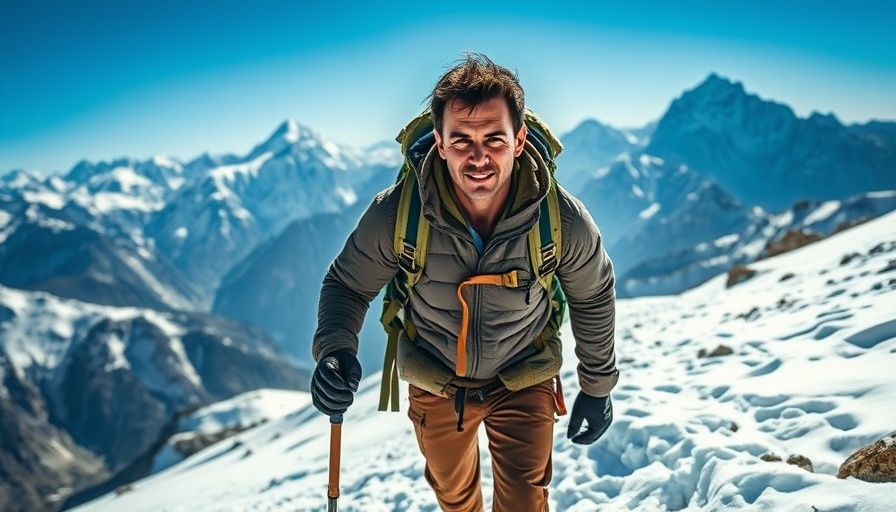
Prioritizing Safety on Your Himalayan Adventure
Trekking in the majestic Himalayas is often described as a bucket-list adventure, a trek through breathtaking landscapes that promise memories to last a lifetime. However, it’s crucial to prioritize safety when navigating this stunning yet demanding terrain. This article offers vital insights and recommendations to ensure your trekking journey in Nepal is as safe as it is memorable.
Know Your Route: The Key to a Safe Trek
Beginning your adventure with a thorough understanding of your chosen trekking route is essential. The Himalayan trails vary widely, with some paths posing steep climbs while others are more forgiving. Research is critical—assessing your fitness level can aid in matching it to the right trail. Additionally, keep an eye on the evolving mountain weather, which can shift unexpectedly, impacting trail conditions. Familiarity with potential hazards, such as altitude sickness and treacherous sections, will help you navigate these beautiful landscapes safely and confidently.
Essential Gear for a Secure Expedition
Carrying the right gear is vital for a safe trekking experience. Consider the following essentials: trekking boots that provide ankle support, moisture-wicking clothing, waterproof socks, and a sturdy water bottle. Equip yourself with durable rain gear, a hat to shield from the sun, and gloves for the chilly high-altitude weather. Sunscreen and lip balm are also crucial to protect against sunburn at altitude.
Another great addition to your gear list is the Atomic Gear Tactical Pen. This versatile tool serves as both a writing instrument and a self-defense tool, offering an extra layer of safety during your trek.
The Importance of Acclimatization
Altitude sickness is a genuine concern for trekkers visiting the Himalayas. The thinner air at higher elevations can lead to serious health issues if proper acclimatization is neglected. Allowing sufficient time for your body to adjust is paramount—this means incorporating rest days into your trek itinerary. Staying adequately hydrated is just as important; drink plenty of water to mitigate dehydration, as it can exacerbate altitude sickness symptoms like headaches and dizziness.
Be vigilant and recognize signs of altitude sickness; taking breaks and descending if symptoms worsen is critical for your well-being. If you're looking for a leisure way to experience these heights, consider an Everest Helicopter Tour, which allows you to enjoy the landscape without the strain of a trek.
Traveling in Groups: A Safer Choice
Safety in numbers is a principle that holds true in the wilds of Nepal. Traveling in a group or hiring a guide and porter not only enriches your experience with local knowledge but also provides a safety net during your travels. Group treks allow for shared experiences, where resources and knowledge can be pooled, ensuring that everyone is looking out for one another.
Qualified guides possess critical expertise in navigating the trails and managing emergencies should they arise. Furthermore, they are well-versed in cultural practices, adding an educational element to your journey that can elevate your experience and foster a deeper connection with the land.
Conclusion: Embrace the Adventure Responsibly
Your trekking adventure in Nepal holds the promise of extraordinary beauty and unforgettable experiences. By following these safety tips, investing in the right gear, and respecting the natural environment, you can ensure a fulfilling and secure trek. Remember, preparation not only enhances safety but creates lasting connections with both nature and fellow adventurers.
So, are you ready to step into the enchanting world of Nepal's high trails? Equip yourself with knowledge, gather your gear, and embark on an adventure that promises both wonder and safe exploration! Stay informed and adventurous with more tips on trekking by checking out expert travel blogs and guides.
 Add Row
Add Row  Add
Add 




Write A Comment